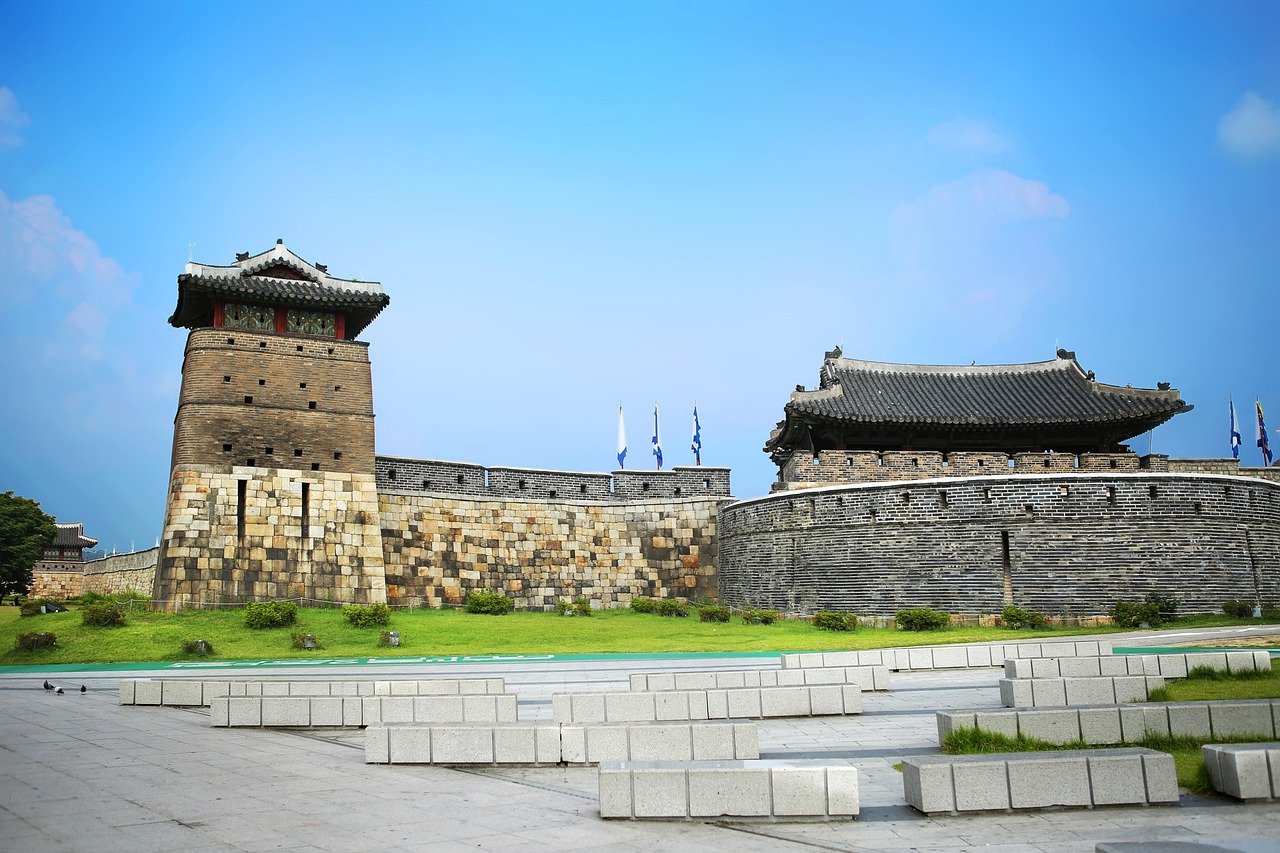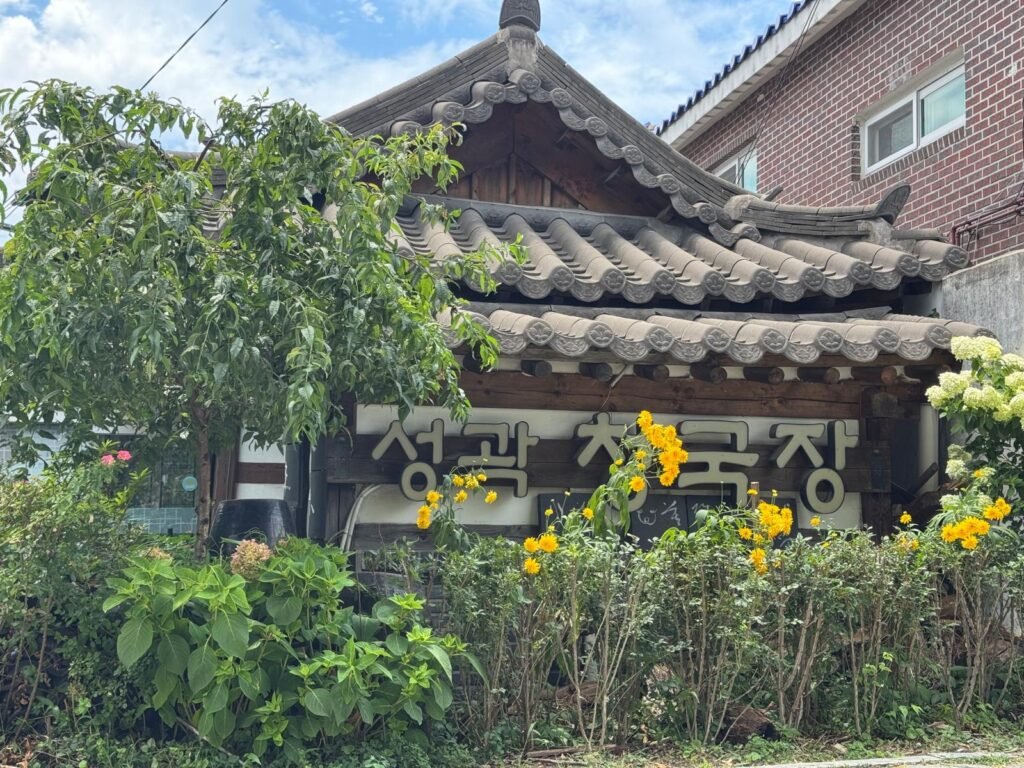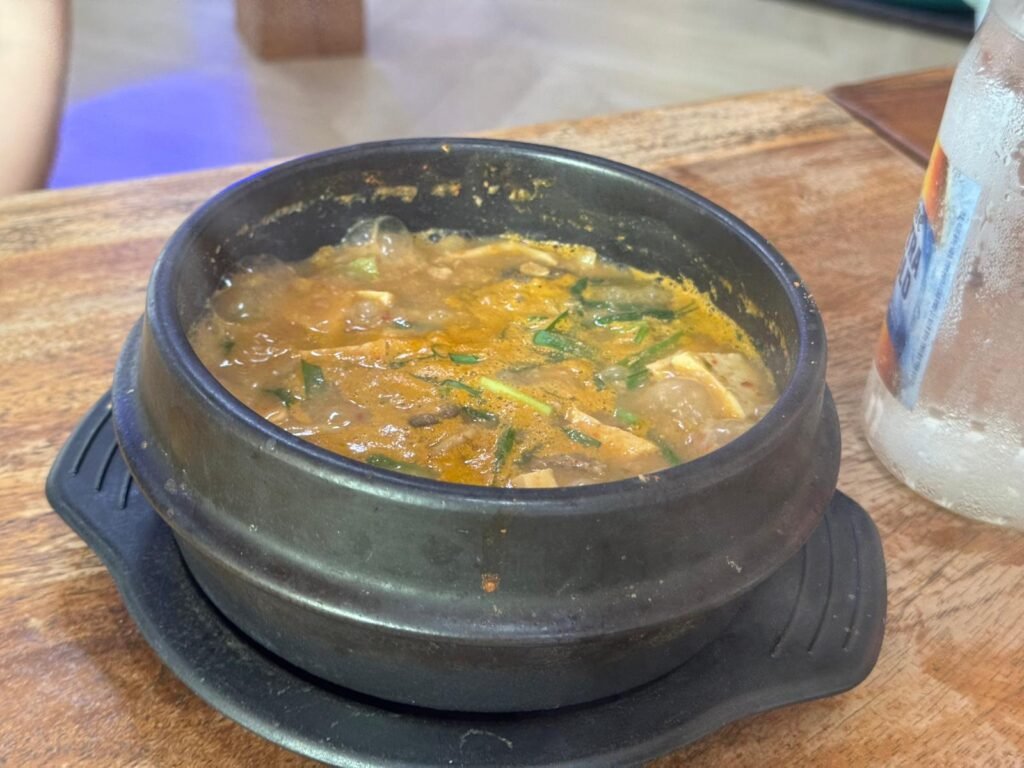Author
H.D. PARK
Author
H.D. PARK


If you’re looking for a travel destination in Korea that blends history, culture, scenic views, and delicious food, Suwon Hwaseong Fortress (수원 화성) should be at the top of your list. Located just south of Seoul, this UNESCO World Heritage Site is a living reminder of Korea’s rich heritage, combined with modern-day charm.
I grew up in Korea, and I’ve visited Suwon several times. I write this article after my most recent visit. There are so ways to spend a great day: walking along the massive fortress walls, getting lost in the trendy back alleys of 행리단길, or indulging in authentic local cuisine. If you’re visiting Korea for the first time, this is a fantastic day trip that’s easy to plan and incredibly rewarding.
Suwon Hwaseong Fortress was constructed between 1794 and 1796 during the reign of King Jeongjo, the 22nd ruler of the Joseon Dynasty. The fortress is steeped in both political ambition and personal grief. King Jeongjo built Hwaseong partly to honor and protect the remains of his father, Crown Prince Sado, who met a tragic end—locked inside a rice chest on royal orders. This fortress was his way of paying tribute while establishing Suwon as a strategic and administrative hub.
What makes Hwaseong unique is that it wasn’t just a ceremonial structure—it was engineered for defense. The fortress incorporates the latest military technology of the 18th century, blending Eastern and Western fortification designs. It stretches 5.74 km in circumference, enclosing about 130 hectares of land, and its walls follow the contours of the hills and rivers in the area. Watchtowers, secret gates, and command posts dot the structure, making it a fascinating place for history lovers.
In 1997, UNESCO recognized Hwaseong as a World Heritage Site, praising its innovative architecture and historical significance. Today, the fortress is beautifully preserved, offering a rare chance to see a Joseon-era city wall in its entirety.
One of the best things about Suwon Hwaseong is that it’s close enough to Seoul for a day trip, yet far enough to feel like you’ve escaped the city. Travel time can range from 40 to 90 minutes, depending on your starting point and choice of transport.
Travel Tip: If you plan to explore multiple spots in Suwon, consider buying a day pass for the Suwon City Tour Bus. It stops at key attractions, including the fortress, Hwaseong Haenggung Palace, and local museums.
There’s a lot to see and do within and around the fortress walls, so it’s worth setting aside at least half a day to explore.
Walk the Fortress Walls
The highlight of any visit is walking along the well-preserved walls. The full circuit takes about 2–3 hours at a leisurely pace. Along the way, you’ll pass through impressive gates such as Paldalmun, Janganmun, Changnyongmun, and Hwaseomun, each with unique architectural details. The views from the higher points are spectacular—you can see Suwon’s urban landscape blending with the surrounding hills.
Visit Haenggung-dong (“행리단길”)
Tucked behind the fortress is this charming neighborhood, sometimes called Suwon’s hipster alley. 행리단길 is lined with quirky cafés, independent boutiques, and small restaurants. It’s the perfect spot for a coffee break after walking the walls.
Explore Museums and Galleries
If the weather turns rainy or unbearably hot, you can step inside for some cultural enrichment:


After exploring the amazing Suwon Hwaeseong, you’ll be ready for a hearty Korean meal. My personal favorite in the area is 성곽식당, a no-frills eatery beloved by locals.
The menu features authentic Korean comfort food, including 된장찌개 (soybean paste stew), 제육볶음(spicy stir-fried pork), and the infamous 청국장 (fermented soybean stew).
Now, a word of warning: 청국장 is not for everyone. It’s made from fermented soybeans, giving it a pungent aroma and a rich, earthy flavor that Koreans either adore or avoid entirely. It’s considered a health food here, packed with probiotics and protein, but if you’re new to Korean cuisine, you might want to start with something milder.
The restaurant operates only from 11:00 to 14:30, and it’s closed on Mondays and Tuesdays—so plan your visit accordingly.
Unlike many tourist attractions that feel overly curated, Suwon Hwaseong offers an authentic glimpse into Korean history and daily life. You’ll find yourself walking past centuries-old gates one moment and sipping coffee in a modern café the next. It’s a place where the past and present truly coexist.
Whether you’re a history buff, a food lover, or just looking for a scenic escape from Seoul, Suwon delivers. And with its convenient location, you don’t need to dedicate more than a day to enjoy it—though you might be tempted to stay longer.